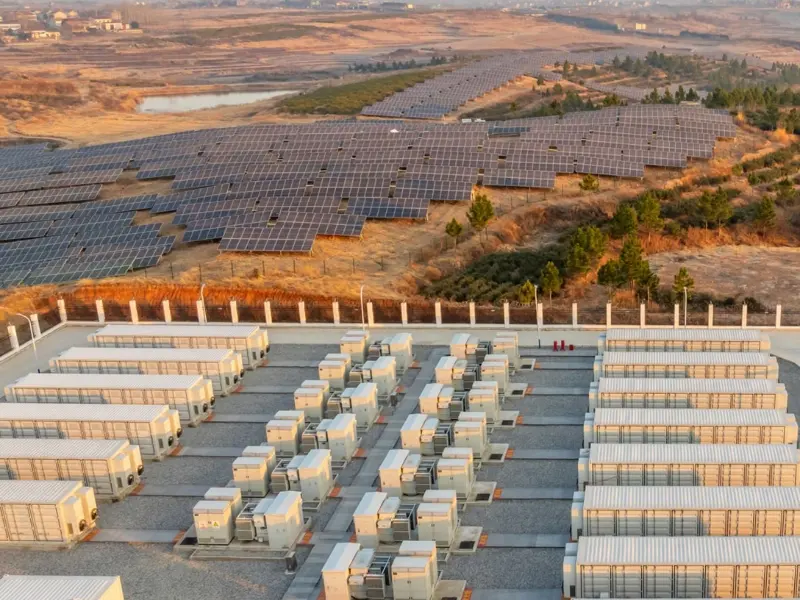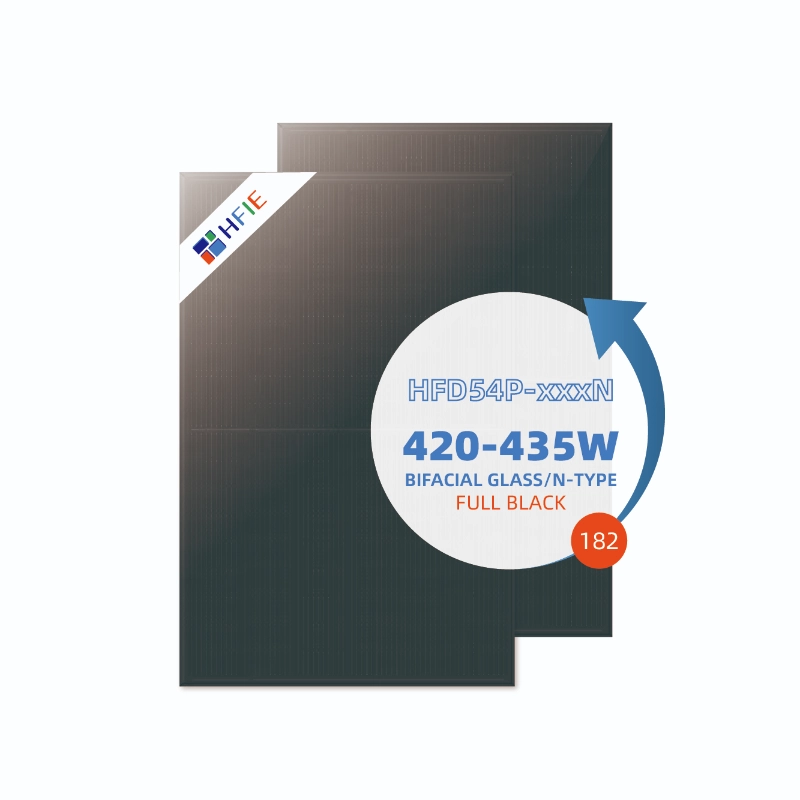After 2020, the energy crisis in Europe led to a soaring electricity price, making residential energy storage economically more feasible. Additionally, the Russia-Ukraine conflict in 2022 further propelled the demand for residential storage, drawing significant attention to this sector. Nevertheless, since the third quarter of 2023, the industry has been confronted with inventory problems, resulting in a decline in supply chain shipments and a rapid fall in the profitability of manufacturers.
After nearly a year of inventory reduction, the process in Europe has finally come to an end. It is anticipated that the manufacturing shipments in each quarter will gradually recover. Concurrently, with the growing popularity of new energy, the prices of the supply chain for solar and solar energy storage products have dropped significantly. Beyond the European and American markets, the demand in emerging markets is also on the rise and is likely to make a substantial contribution to the overall growth. Moreover, the application scenarios of residential energy storage are diversifying, with some countries entering the ancillary service market. Evidently, the economics of energy storage systems (ESS) is improving, which may boost the demand in the future.
Huge Potential for Demand in Emerging Markets
Europe has consistently been the main market for residential energy storage. In 2023, the global new residential energy storage installed capacity reached 12 GWh, representing a year-on-year growth of 59.3%, with a cumulative installed capacity of 33.8 GWh. In Europe, due to the complex residential structures and high residential electricity prices, installing distributed solar and solar energy storage systems has become economically attractive. As a result, Europe has remained the leading market for residential energy storage, with the cumulative installations in 2023 accounting for 64% of the global total.
At present, the total electricity demand in emerging markets continues to escalate, yet their power generation and grid facilities are relatively weak.
In recent years, power rationing and blackouts have frequently occurred in Southeast Asia, South Africa, and other regions. In the summer of 2023, high temperatures led to frequent power outages and blackouts in countries such as Vietnam, Bangladesh, and India. According to Abisoft, the annual power shortage in South Africa exceeded 24 TWh in 2023, more than doubling compared to the previous year. For customers in these regions, distributed energy storage offers a certain level of power security, thereby demonstrating huge potential for demand.
With the increasing frequency of extreme weather events, Southeast Asia and Africa are particularly vulnerable. The power infrastructure in these regions is relatively fragile and heavily relies on coal and hydroelectric power. Extreme high temperatures have significantly reduced hydroelectric power generation, resulting in power shortages and coal scarcity. This, in turn, has stimulated the demand for distributed energy storage systems.
This year, there has been a significant decline in the solar and energy storage industry chain, leading to an increase in demand in emerging markets that are more sensitive to price changes. In May 2023, the exports of solar power inverters to the markets of Asia, Africa, and South America rose by 9%, 34%, and 12% respectively compared to the previous month. The demand in developing countries such as India and Pakistan was particularly robust. In May, the import value of inverters to Asian countries reached a historical high of $245 million.
Traditionally, residential energy storage systems (ESS) have mainly been utilized to enhance the utilization rate of distributed solar energy and ensure a stable power supply. However, with the advancements in global new energy and power market reforms, residential energy storage in some countries has now become a flexible resource, participating in energy, capacity, and ancillary service markets. This has significantly enhanced the economics of residential ESS. Looking forward, as the power market continues to develop, residential ESS systems will be applied in more diverse scenarios, thereby leading to a surge in demand.


















